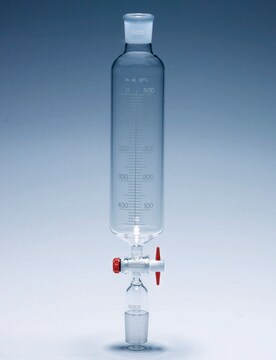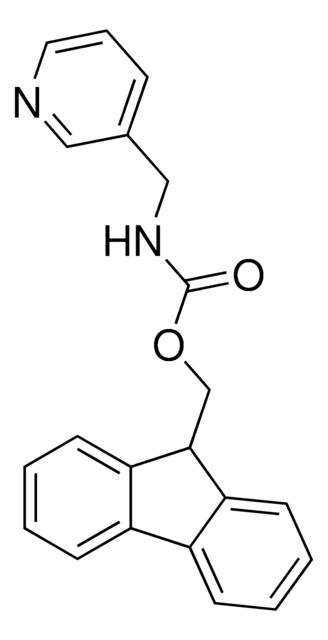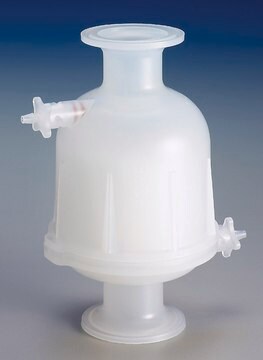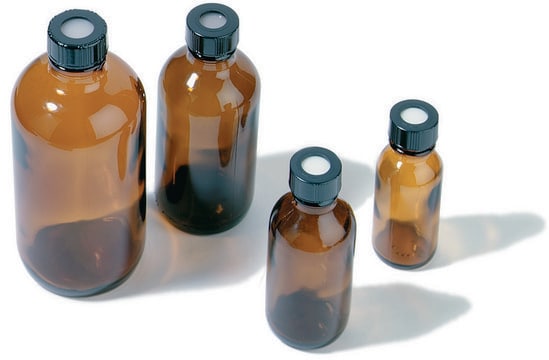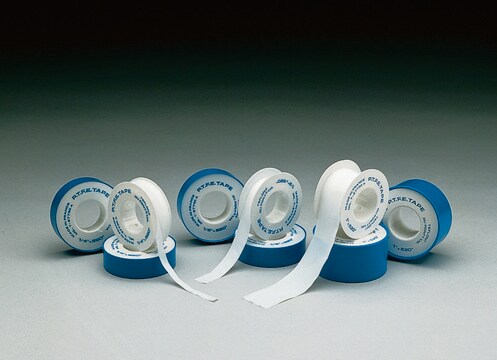AB10620
Anti-Cdc4 Antibody
Chemicon®, from rabbit
About This Item
Produits recommandés
Source biologique
rabbit
Niveau de qualité
Forme d'anticorps
affinity isolated antibody
Type de produit anticorps
primary antibodies
Clone
polyclonal
Produit purifié par
affinity chromatography
Espèces réactives
human
Fabricant/nom de marque
Chemicon®
Technique(s)
immunoprecipitation (IP): suitable
western blot: suitable
Numéro d'accès NCBI
Numéro d'accès UniProt
Conditions d'expédition
dry ice
Modification post-traductionnelle de la cible
unmodified
Informations sur le gène
human ... FBXW7(55294)
Description générale
Cdc4 is one member of this family, which is also known as AGO, FBW7, FBX30 or SEL10. CDC4 binds directly to cyclin E and targets cyclin E for ubiquitin-mediated degradation. Cdc4 proteins of amino acid lengths varying from 553 aa to 707 aa in length have been reported. Cdc4 is an inhibitor of Notch signaling that targets Notch for ubiquitin-mediated degradation after a nuclear phosphorylation event.5,6 Cdc4 interacts with presenilin 1, facilitates its ubiquitination, and alters A-beta peptide production. Thus, it may be important for Alzheimer′s disease. Mutations of the CDC4 gene are detected in ovarian and breast cancer cell lines and the CDC4 gene may also be involved in the pathogenesis of human pancreatic and endometrial cancers.
Spécificité
Immunogène
Application
Protein Trafficking
Ubiquitin & Ubiquitin Metabolism
Immunoprecipitation: 7 µg/reaction
Optimal working dilutions must be determined by end user.
Forme physique
Stockage et stabilité
Autres remarques
Informations légales
Clause de non-responsabilité
Vous ne trouvez pas le bon produit ?
Essayez notre Outil de sélection de produits.
Code de la classe de stockage
12 - Non Combustible Liquids
Classe de danger pour l'eau (WGK)
WGK 2
Point d'éclair (°F)
Not applicable
Point d'éclair (°C)
Not applicable
Certificats d'analyse (COA)
Recherchez un Certificats d'analyse (COA) en saisissant le numéro de lot du produit. Les numéros de lot figurent sur l'étiquette du produit après les mots "Lot" ou "Batch".
Déjà en possession de ce produit ?
Retrouvez la documentation relative aux produits que vous avez récemment achetés dans la Bibliothèque de documents.
Notre équipe de scientifiques dispose d'une expérience dans tous les secteurs de la recherche, notamment en sciences de la vie, science des matériaux, synthèse chimique, chromatographie, analyse et dans de nombreux autres domaines..
Contacter notre Service technique
